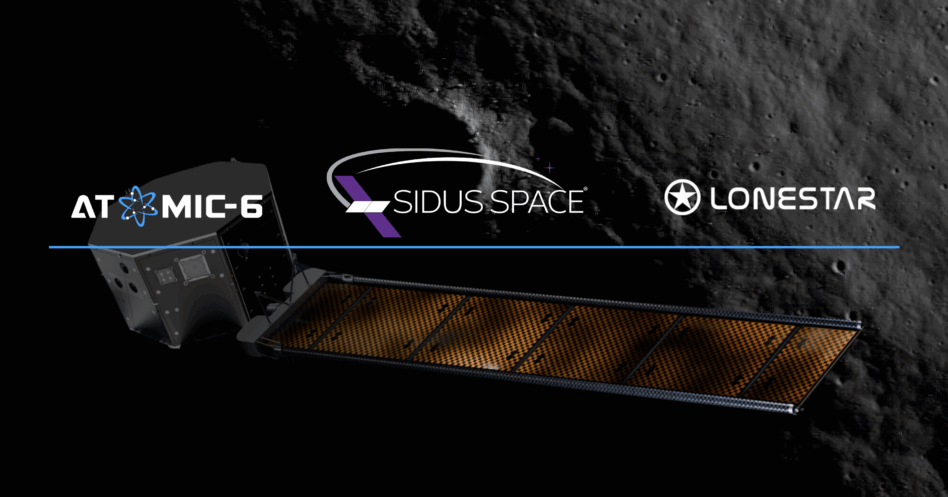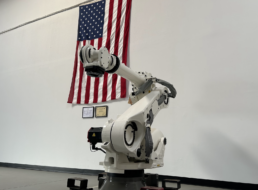Atomic-6 won a $2M contract from SSC to continue development of its Light Wing solar array, which collapses to enable RPO and stealth missions.
The TACFI contract will fund work during a 21-month period to prove the composite solar array tech can survive a trip to space and flight-qualify the system.
What’s different: One of the top reasons that sats fail is problems with solar array deployment—something that Light Wing aims to address. According to Atomic-6 CEO Trevor Smith, traditional solar array systems use a hinge mechanism that “has a tendency to fail under…extreme temperatures.”
Light Wing, however, has a “memory-shaped composite hinge, so it’s flexible,” allowing it to mitigate issues related to the deployment of the solar arrays. In practice, this means that instead of unfurling like a traditional solar array, Light Wing can open, collapse, and reopen like an accordion.
Light Wing also offers about 4x more power than traditional solar arrays, according to a press release. That can be ramped up even more if the company switches from low-efficiency silicon cells to high-efficiency triple junction cells, Smith told Payload.

Use cases: “Four letters: RPOD (rendezvous, proximity operations, and docking),” said Smith when asked about the application of the redeployable solar array technology.
Current solar arrays would rip off the spacecraft with a fast orbital maneuver, according to Smith, but the Light Wing technology would allow the user to “retract them, press the gas pedal, and then redeploy.”
The solar arrays would also be beneficial for stealth operations—pulling the arrays in would make it harder to spot spacecraft, making this technology especially attractive to government users.
Threat avoidance is another benefit. If the spacecraft or object is maneuvering in a high-debris area, “you [can] retract the array, minimize that impact, and then redeploy,” says Smith. The same can be said for on-orbit docking, servicing, and refueling, as well as potentially landing on asteroids, where retractable arrays would enhance the spacecraft’s efficiency and effectiveness.
What’s next? The first flight with the pop-out solar panel aboard is scheduled for February 1, 2026, with the full deployable system flying in Q1 of 2027 on a mission to build lunar data centers with Sidus Space and Lonestar Data Holdings.
Lunar data centers aren’t the only thing Atomic-6 has in the works; it won a NASA STTR Phase 1 contract to build a lunar vertical solar array tower, which would help power mining equipment and infrastructure on other celestial bodies.
Former Canadian Space Agency astronaut Chris Hadfield has also joined the Board of Atomic-6. Hadfield has hands-on experience working on solar arrays aboard the ISS, but the company is also hoping to use his board appointment to begin working with overseas customers.




